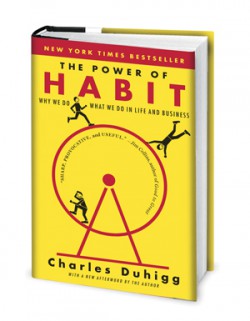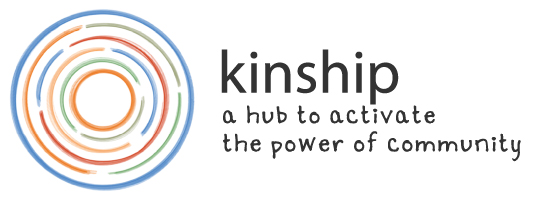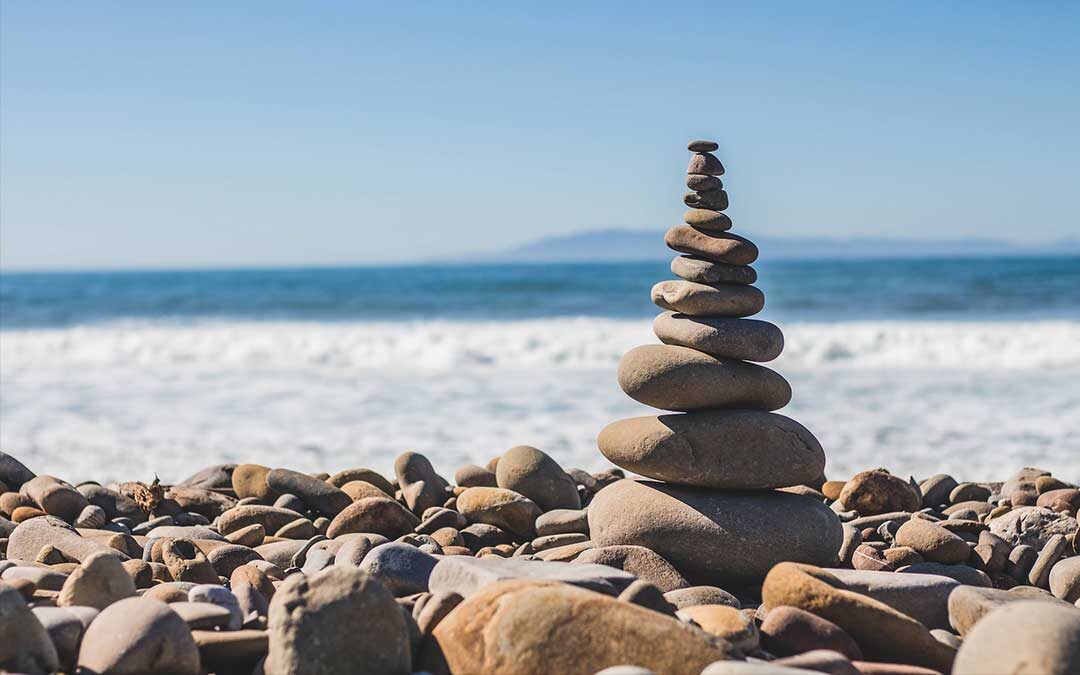What seeds a culture of collaboration and learning? 
I was creating a kick-off workshop for a new cohort of non-profit leaders who would spend a year together. As I considered all the ideas and exercises I could have them experience, I asked: what would be the “keystone habit” that would seed a culture of collaboration and learning? This was a moment to be intentional in setting up habits for how the group will interact.
Some habits matter more than others. Charles Duhigg in the book The Power of Habit, writes that “keystone habits” have the power to start a chain reaction, changing other habits as they move through an organization or system. They start a process that can start to shift, dislodge, and remake other patterns.
For example, on a personal level, if I exercise regularly, I find my mood is better, I sleep more soundly, I have more energy, and I tend to eat healthier. That one habit cascades in a positive way to support other positive habits. In an organization, a team that has learned skills of listening to all voices and not interrupting can:
- Have higher quality of conversations
- Access more of the ideas in the room
- Come up with wiser solutions
- Create greater staff satisfaction.
My keystone habits for new groups
If I can teach one habit, it is to ask strategic questions. These are open questions that enable reflective learning, challenge assumptions, invite further learning, and generative momentum.
One of my favorite exercises is to offer some teaching on what makes a good strategic question and then have one participant share a story of a current challenge. Everyone practices framing questions, such as what would it take to…., who could you learn from…, what is most important here? The person with the challenge doesn’t have to answer the questions, they just take in all the good thinking.
Listening to questions, where no one needs to have answers, invites the group into a different quality of exploring and discerning the situation. Here are some of the qualities that people experience:
- Realize limiting assumptions by hearing diverse perspectives in the questions of the other people.
- See more options and possibilities. As more questions get asked, a sense of movement arises to a situation that may have felt stuck.
- Experience the support of peers in a spirit of mutual learning and vulnerability. (Not having to answer the questions sets this tone of inquiry.)
- Have an ‘aha moment’ where there is a shift of perspective.
My second habit to teach a group early on is how to listen. There are basic practices to avoid, for example, a keystone habit in the negative sense is when someone is dismissive. Behaviors like that in a group will shut people down and create consequences over time where it doesn’t feel safe to speak up or speak truth in a group. On the positive side, the listening practice of stating back to the person what I heard, or the feelings I sensed in what the person said, can allow someone to feel understood.
Embedding powerful habits into group norms
A good exercise for a group or organization is to select a small number of keystone habits to practice as group norms. You can ask: What are the habits that will create positive ripple effects and support other positive habits?
Learn more in this on-line workshop called Questions that Get Us Out of the Box on September 28th, from 12-2pm EST and in this one Using Questions to Host Meaningful Conversations on October 4 from 12-2pm EST.


